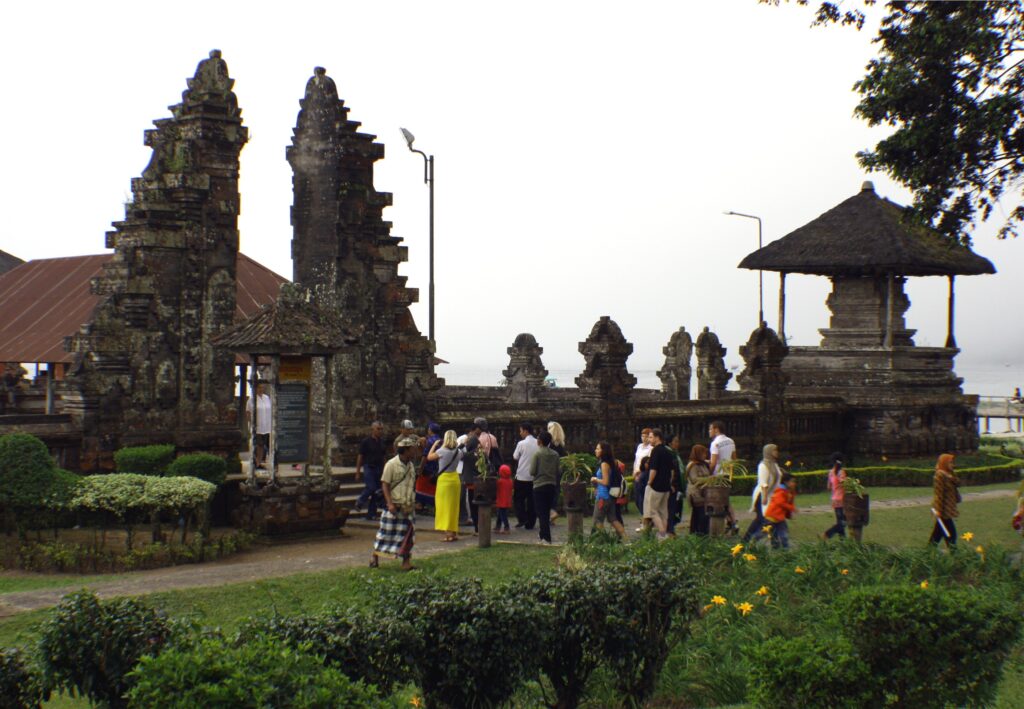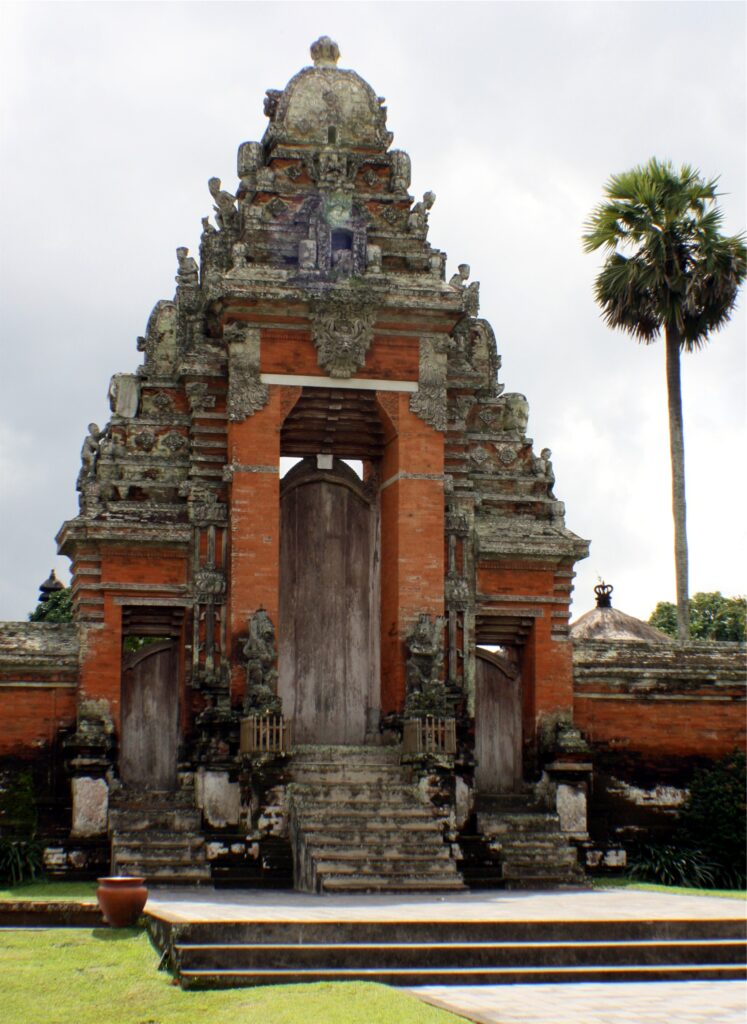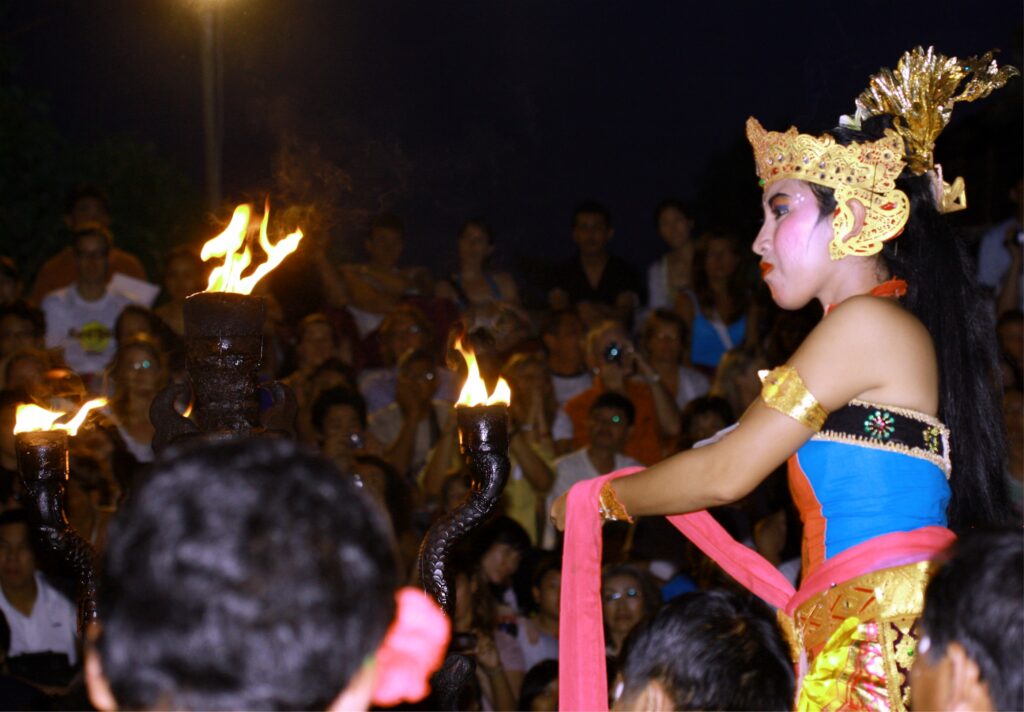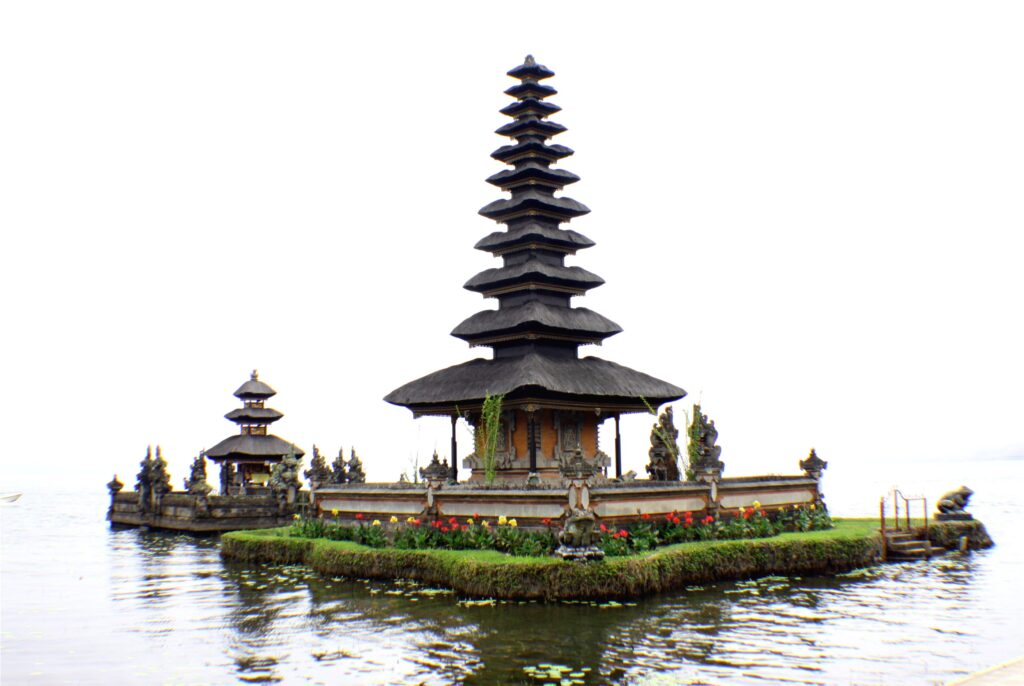By Henrylito D. Tacio
Photos by Paolo R. Lim
“The spectacle of belief, the spell of magic.” That is how National Geographic traveler P.F. Kluge wrote of Bali, touted to be the quintessential paradise of Indonesia. Indian leader Jawaharlal Nehru described the place as “the morning of the world.”
Bali is indeed a tourist haven: celebrated surf and beaches, the rice terraces and volcanoes, the extreme adventure fun (from white-water rafting to bungee jumping), and swimming with dolphins.
“Rice paddies trip down hillsides like giant steps, volcanoes soar through the clouds, the forests are lush and tropical, and the beaches are lapped by the warm waters of the Indian Ocean,” hails travel guide The Lonely Planet.
That was what I learned when I came to attend an international conference. Bali is the perfect holiday destination for all ages as it offers something for everyone. Even the people themselves are fascinating. The Balinese people are proud of preserving their unique Hindu culture against the advance of Islam, the dominant religion throughout Indonesia. Ninety-three percent of the people are Hindu.
The island’s rich cultural heritage is visible everywhere. Its 5,620 square-kilometer land area has more than 20,000 temples. They are found everywhere – scattered in the terraced rice fields (much like our Banaue rice terraces!), in cemeteries, in markets, on the beaches, in caves, and even among the roots of giant trees. It was said that the spirit world dominated the lives of the people of Bali more than anywhere on earth.
As a truly international destination attracting visitors from all over the world, restaurants are extremely cosmopolitan yet inexpensive. You can eat not only local delicacies like nasi goring and sate campur but also Chinese, Malaysian, Japanese, Italian/European Greek, Moroccan, and even Mexican cuisine. Don’t forget its wonderful seafood – local lobster at such prices that you will want to keep coming back for more.

Balinese artist 
Touring historical sites
Bali Island is a shopper’s paradise, particularly for casual and tailored clothing, locally made jewelry, handicrafts, antiques, and artifacts. It was on the third day of the conference we attended that another science journalist, and I decided to go out to do our pasalubong shopping. One good thing: the shopping center was just a few walks away from the convention center.
During our brief shopping, we observed that one of the unexpected local bargains was their leatherware – with everything from handbags through to tailor-made leather jackets and coats, all at unbelievable prices. In fact, prices are so inexpensive, you’re sure to need more room in your luggage!
Traveling in Bali is not a problem. There are many modes of transport to help you Jalan Jalan your way around Bali. A variety of excellent half-day, full-day, and overnight tour packages are available from the hotel desk or any of the numerous travel agents and tour operators which abound on the island.
However, walking is still the best way to see Bali. In fact, in going to the Bali Convention Center, where the symposium was held, from the hotel where I was staying, I did my usual exercise: walking (I did this only if and when I woke up early in the morning). It was much more fun walking under the trees than riding a taxi!
Walking is indeed the best way to experience. Listen to the words of one recent visitor: “I walked out into the villages. I watched lizards stalk flies. I watched bamboo grow. I reconnected with life. I found an amazing house and view. And then it was like a door inside myself opened – and I walked through it.”
Just a reminder, though: If you’re walking in Kuta, be wary of the undulating footpaths and open access holes placed every meter or so in the footpath. Every so often, the access holes are left open, or the lid is broken, which can result in a nasty fall, especially if you’re walking at night.

Entrance to temples 
Cultural presentation 
Statue
But riding in a taxi can also be fun. At one time, I rode in a taxi together with two other Caucasian journalists (an Australian and a British). Both of them rode in the back, so I was sitting in front next to the driver. We were halfway through our travel when the driver started talking to me in his dialect. I abruptly stopped him: “Sorry, I can’t understand you. I am a Filipino.” The driver apologized; he thought I was Indonesian.
When the sun sets, Bali changes itself into a mystifying place. There are so many things you can enjoy. The best choices are either a quiet romantic moon-lit dinner or watch the spectacular Balinese Fire Dance or Kecak Dance. For those that want to party, Bali has it all: from bars to discos to nightclubs.
There’s nothing to worry about its people. In fact, the Balinese are very polite and courteous. They abhor aggression and forgive faux pas. But just the same, mind your manners. Dean Foster, author of the Global Etiquette Guides, shares these tips:
* Keep smiling and tone everything down. “Everything is done, literally, with a smile, including requests and even complaints (apologize first for bringing their attention to a difficulty.”
* When visiting temples, show respect. “Guests may enter most temples anytime as long as they wear traditional dress – including sashes around the waist. No shorts or bare shoulders. Remove your shoes at the entrance.”
* Watch your hands. “The Indonesian handshake is soft and gentle. Use only your right hand for anything that can be done with one hand, including touching, eating or passing food, papers, money, etc. (the left hand was traditionally reserved for body hygiene). Don’t touch anyone’s head as the Balinese see the head as sacred.”
If you are a first-timer, “get as far away as possible from the tourist ghettos,” advises a travel agent. “There’s a short but wonderful road between Randang and Sidemen in eastern Bali that passes by the huge, deep rice fields at Muncan. Another breathtaking drive is the road from Antosari north to Pupuan in west Bali.”

For those that want to stay wet, Bali has world-class scuba diving and snorkeling. “Diving in Bali ranges from the superb to the mundane to the awful,” said Kal Muller, who has spent over 20 years tromping around the archipelago and author of Diving Indonesia. “Most of the larger fish cruise Nusa Penida, requiring a fairly long boat trip. Divers should have some experience with currents.”
How to get there? Most international visitors arrive by air, either directly or via Jakarta. I flew from Davao City to Singapore via Silk Air and then directly to Bali via Singapore Air Lines. Those from Australia also fly via Singapore. Americans, however, have to go via Japan, Korea, Taiwan, or Hong Kong before going to Bali.
Transport from Ngurah Rai international airport, two-and-half kilometers south of south of Kuta, is quite simple. Choose from an official taxi counter, where you pay a set price in advance, or walk across the airport car park and hail a metered cab. Another option is to get a taxi from the airport to Bemo Corner in Kuta for a fixed rate and then get a metered taxi or a chartered bemo (minibus) to a more distant destination.

